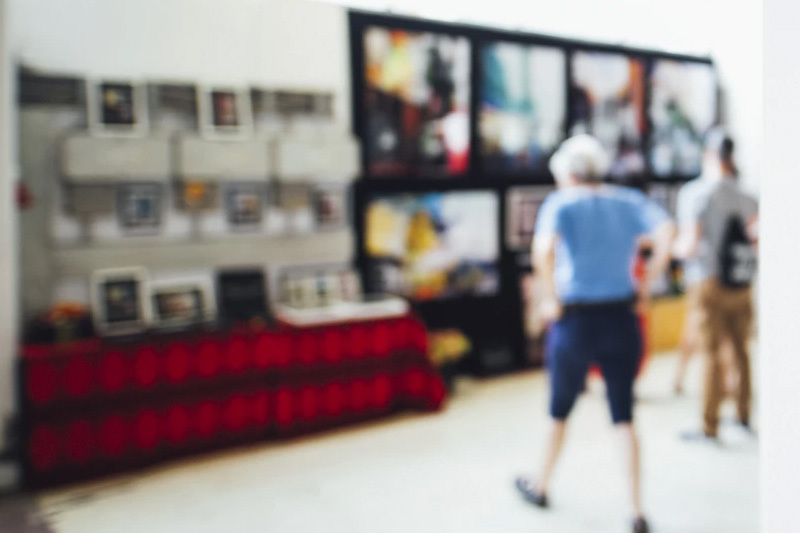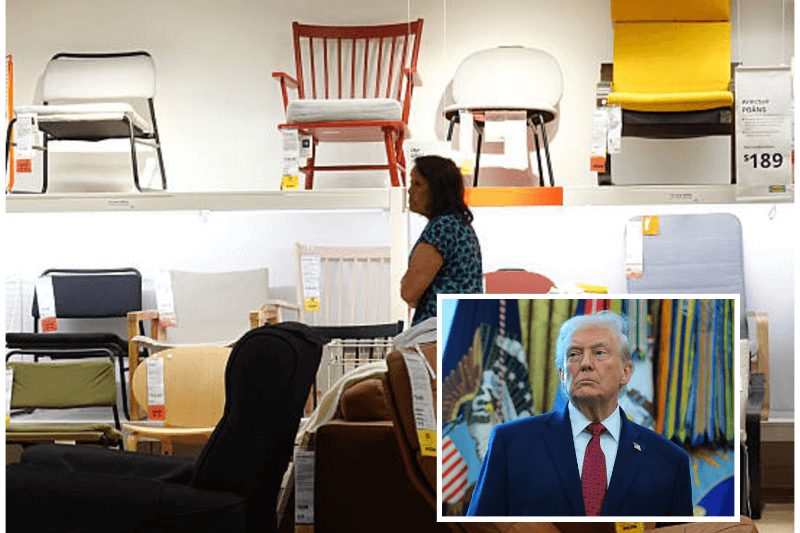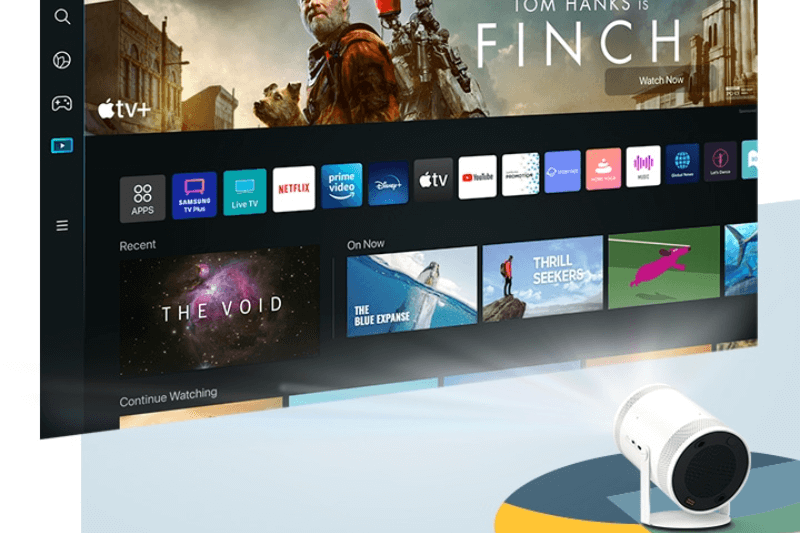
Sale Of North Korean Art Highlights China’s Lax Enforcement Of UN Sanctions: Experts
A painting that depicted the snow-capped Mount Paektu, the mythical birthplace of Koreans, was on sale at a recent art exposition in Beijing for $2,460. For buyers on a budget, there were colourful landscapes being offered for less than $100.
The dealer hawking the pieces didn’t choose to disguise who produced the art, despite stringent UN sanctions prohibiting the sale of such goods, apart from arms and coal, to stymie Pyongyang’s controversial nuclear programme.
UN Sanctioning Long List Of North Korean Goods
The dealer was a representative of an art gallery that proclaims itself as China’s premiere seller of North Korean art. The Paintings Say Arirang, the gallery, also operates a studio for artists from North Korean regime in the outskirts of Beijing.
The gallery’s existence, experts say, underscores China’s lax enforcement of UN sanctions. In addition to sanctioning a long list of North Korean goods, the organisation has also sought to block North Koreans from working overseas to prevent the regime from garnishing their wages.
While art is majorly seen as a form of self-expression, it is strictly regulated in North Korea. Artists work directly for the country’s propaganda authorities, with their mission being to create pieces glorifying the state and its socialist, nationalist ideology.
Keep Reading
Indications Of Pyongyang’s Isolation Thawing
After Kim Jong-un took power in 2011, Pyongyang started loosening its control over the artists’ creativity. They were told they no longer had to make portraits glorifying state leaders. Business boomed, with North Korea reaping tens of millions of dollars in art sales.
That success evaporated when the UN slapped sanctions in 2016 and 2017 following nuclear tests. Pyongyang’s art exports ground to a halt when the country sealed its borders during the COVID-19 pandemic. But there are indications that Pyongyang’s isolation is thawing.




